27 October 2021, 9pm
Slovenian Cinematheque, Miklošičeva 28, Ljubljana
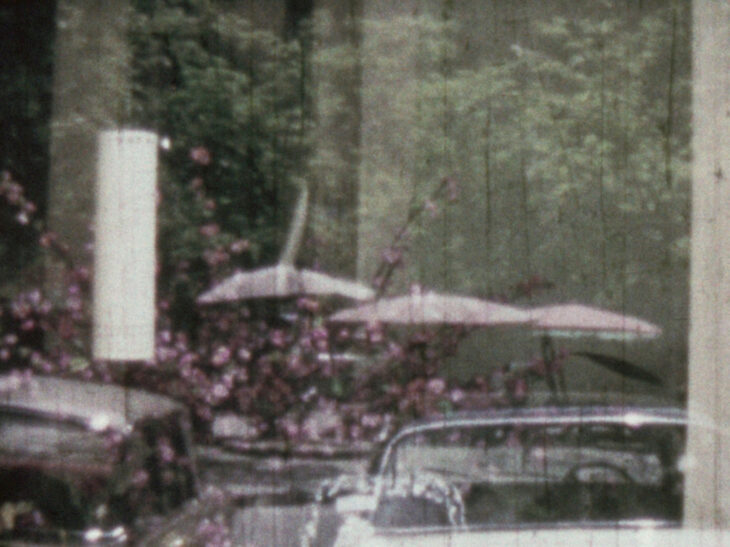
The DIVA Station is an online and physical archive that SCCA-Ljubljana has been developing since 2005 with the aim of researching, archiving and presenting video, film and new media art. That same year, UNESCO declared October 27 World Audiovisual Heritage Day, which highlights the importance of preserving archival audio and audiovisual recordings such as films, audio and video recordings, and radio and television programs. This heritage also includes the rich artistic production kept in Slovenia by the DIVA Station and related archives in other countries.
Annually on this day we organize an event within the Archiving Practices program and invite international archives, curators and artists as guests. In recent years, these events takes place in cooperation with the Slovenian Cinematheque. This year we invited the Cineclub Zagreb (Kinoklub Zagreb, KKZ) to participate, where they recently, in cooperation with the Austrian Film Museum in Vienna (Österreichisches Filmmuseum), performed a digital restoration of the works of the master of amateur film, Tatjana Ivančić. The Slovenian Cinematheque will present fourteen digitally restored short films made between 1969 and 1979. The introduction to the screening and process of digital film restoration will be presented by Nadja Šičarov from the Austrian Film Museum in Vienna.
PROGRAMME
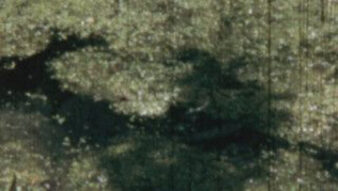
Tatjana Ivančić, Croatia (Yugoslavia), 1971, digital format (recorded on S8 mm), colour, 4′
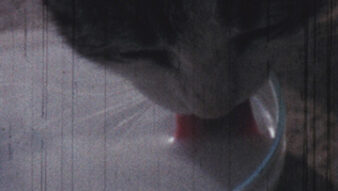
Tatjana Ivančić, Croatia (Yugoslavia), 1972, digital format (recorded on S8 mm), colour, 2′
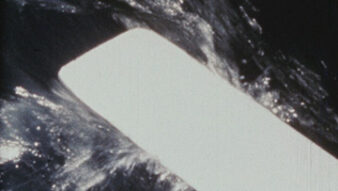
Tatjana Ivančić, Croatia (Yugoslavia), 1976, digital format (recorded on S8 mm), colour, 5′
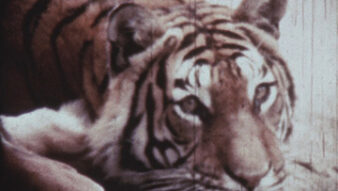
Tatjana Ivančić, Croatia (Yugoslavia), 1973, digital format (recorded on S8 mm), colour, 3′
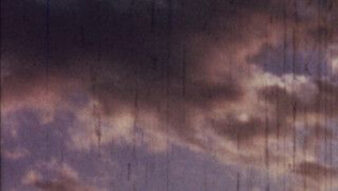
Tatjana Ivančić, Croatia (Yugoslavia), 1973, digital format (recorded on S8 mm), colour, 4′
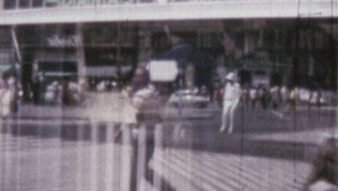
Tatjana Ivančić, Croatia (Yugoslavia), 1969, digital format (recorded on S8 mm), colour, 5′
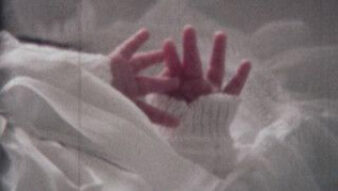
Tatjana Ivančić, Croatia (Yugoslavia), 1972, digital format (recorded on S8 mm), colour, 7′
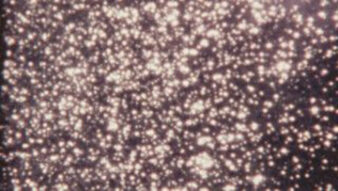
Tatjana Ivančić, Croatia (Yugoslavia), 1971, digital format (recorded on S8 mm), colour, 4′
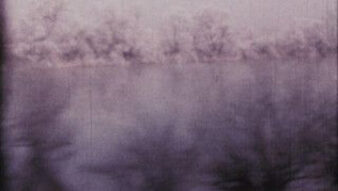
Tatjana Ivančić, Croatia (Yugoslavia), 1976, digital format (recorded on S8 mm), colour, 5′
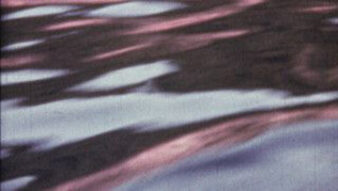
Tatjana Ivančić, Croatia (Yugoslavia), 1975, digital format (recorded on S8 mm), colour, 5′
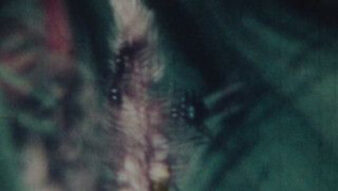
Tatjana Ivančić, Croatia (Yugoslavia), 1971, digital format (recorded on S8 mm), colour, 4′
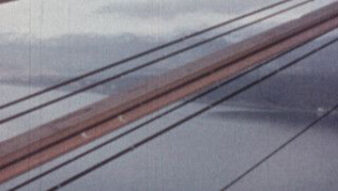
Tatjana Ivančić, Croatia (Yugoslavia), 1979, digital format (recorded on S8 mm), colour, 9′
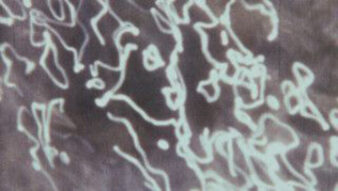
Tatjana Ivančić, Croatia (Yugoslavia), 1972, digital format (recorded on S8 mm), colour, 4′
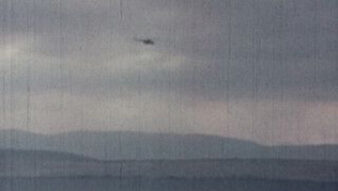
Tatjana Ivančić, Croatia (Yugoslavia), 1977, digital format (recorded on S8 mm), colour, 4′
New Light: Digital restoration of preserved films of Tatjana Ivančić
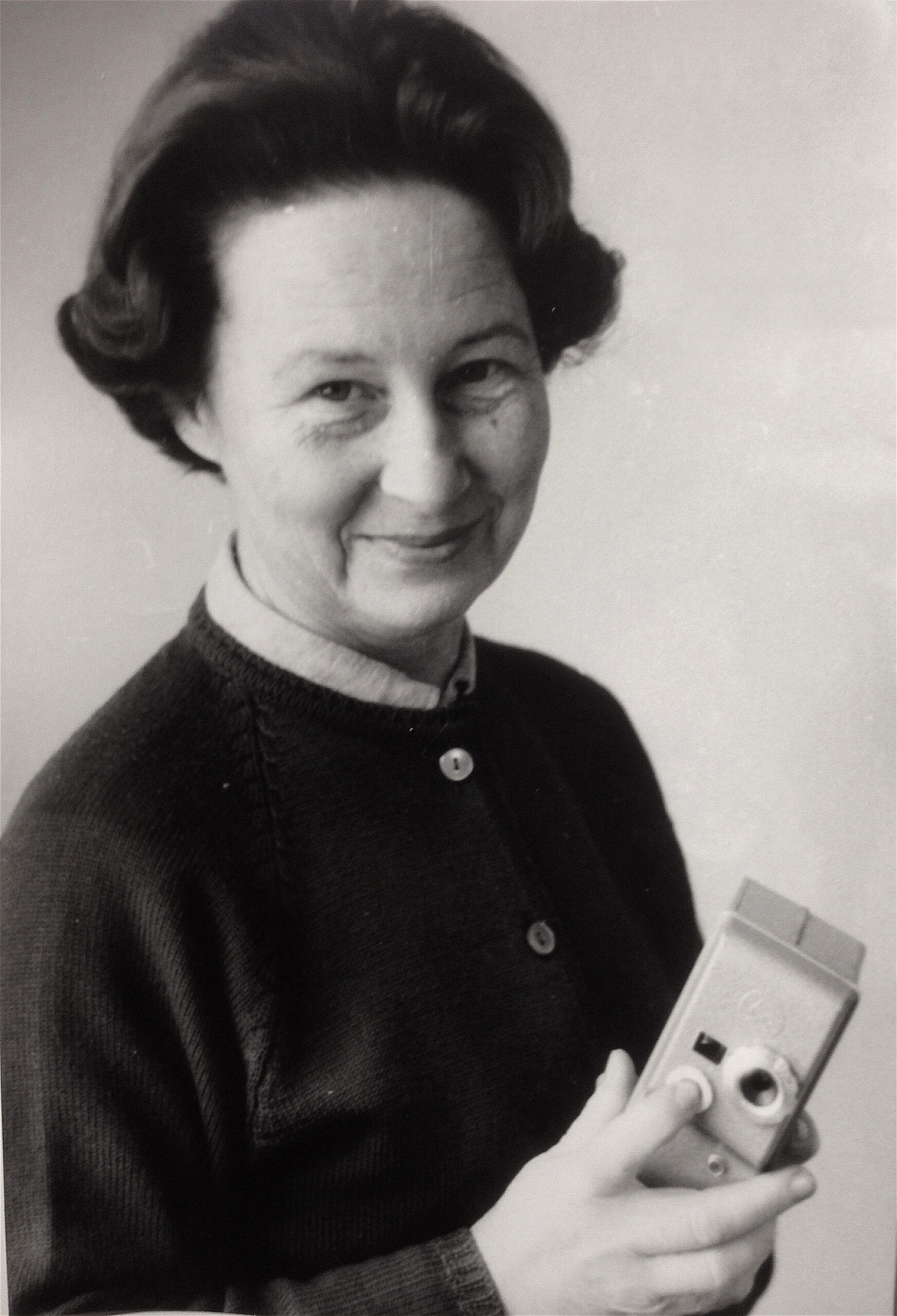 Tatjana Ivančić is an important figure in the history of the Cineclub Zagreb, as well as in the context of Yugoslav experimental cinema. Her largely lost body of work tells a story about the material destiny of this movement’s cinematic legacy and the story about the position of women, as well as amateurs in the Yugoslav cinema at large.
Tatjana Ivančić is an important figure in the history of the Cineclub Zagreb, as well as in the context of Yugoslav experimental cinema. Her largely lost body of work tells a story about the material destiny of this movement’s cinematic legacy and the story about the position of women, as well as amateurs in the Yugoslav cinema at large.
Ivančić was born in 1913 and she began filming quite late, when she was in her mid-50s, picking up a cheap small gauge Russian camera her son no longer needed, and very soon she devoted herself completely to this newly discovered passion. Her first film was made in 1968 and in the next two decades she produced over 70 short films, competing actively at amateur film festivals at home and abroad, eventually earning the title of the Master of Yugoslav amateur cinema – a prestigious designation carried by some of the most important names in the history of Yugoslav avant-garde cinema. From what is known today, Ivančić was the only woman who was awarded that honor.
Ivančić was aware that her filmmaking would remain only a hobby and she had no plans of becoming a professional artist or a filmmaker, which gave her complete freedom in choosing the themes of her films, the flexibility in setting the pace of producing new work, as well as the independence in creating her “directorial” style. Majority of the short films Ivančić made revolved around the beauty of the mundane, the small details of the natural world and the textures of the biosphere — in particular the sea. She grew up at the seaside and remained forever drawn to the fascinating world of its details and the particularities of maritime life. Apart from the sea, Ivančić entirely loved nature which never ceased to inspire her; she was filming during her walks, or rushing out of their seaside home the moment she saw a summer storm coming; nothing was pre-planned or scripted. “My main actors almost forcefully present themselves to the camera, I only have to press the shutter at the right place, at the right time and under the right light,” said Ivančić, and her surviving films illustrate the virtuosity of transforming the decisiveness of a single moment into a continuous flow of images. Her films balance along a fine line between experimental, documentary and amateur home movies, but they all carry a unifying poetic thread: Ivančić was equally skilful, inventive, attentive and poetic whether she was recording the microcosm on the shores of the coastal beaches, as in the films Pijesak (The Sand, 1971) and Igra života (The Play of Life, 1972), the hustle and bustle of a city reflected in a shop window or the subtle and nuanced play of the interior and exterior world filmed inside of a train in motion, as in her films Grad u izlogu (City in a Shop Window, 1969) or Putositnice (The Travelogue, 1976). But even when she was making seemingly conventional amateur films – recording the first two years of her grand-daughter’s life in the film Od 0 do 2 (From Zero to Two, 1972) – or a boat ride in the film Dobro staro veslo (Good Old Oar, 1976) – she was aware of the medium of film, exploring its means of expression and enjoying the pure visuality of a given subject. Watching the films of Tatjana Ivančić feels as if the world existed in the full glow of its cine-scapes, kinematically, kinetically and kinaesthetically, only to be captured in the lens of her light-weight film camera.
Although Ivančić was a well-known figure in the amateur circles of the time, critics wrote about her as a “housewife with a camera” while her work was often characterized as feminine and lyrical. Next to it, the seemingly poetic conventionality of her films and its resemblance to the classical documentary, presented two crucial causes for her contemporary invisibility. On one hand she was not filmically radical enough to be included in the overviews of the experimental films made in the amateur circles, and on the other she was not an artistic mingler who promoted her work in all the right places.
Today the films of Tatjana Ivančić belong to the collection of films made by the members of the Cineclub Club, which is kept at the film department of the Croatian State Archive (the Croatian Cinematheque). Ivančić made her last film in 1986, and these 14 remaining films were probably selected for preservation by the staff of the Croatian Film Association, the rooftop amateur organization in Croatia, and the selection was most likely based on the estimation of their artistic merit, as well as the importance these films gained at amateur film festivals. At some point her S8mm films were copied on new S8mm film stock, and blown up to 16mm, which means that the Croatian Cinematheque today owns three types of her films: S8mm copies, 16mm prints and 16mm internegatives. The whereabouts of the original S8mm films and the rest of Ivančićs oeuvre at the moment are completely unknown.
In 2018, Cineclub Zagreb celebrated its 90th birthday and decided to pay tribute to Ivančić not only as its most prolific member, but also as an important yet almost completely neglected author. After the members of the Cineclub inspected the material deposited in the Croatian Cinematheque, they decided to make a digital restoration of Ivančić films based on the elements closest to the original S8mm films – and these were the S8mm copies. Since the small gauge format poses a particular restoration challenge in Croatia due to a lack of resources, the Cineclub Zagreb approached the Austrian Film Museum with a request for collaboration in restoring these 14 films. Ivančić herself left almost no written account of her work, and the memory of the surviving witnesses of her films turned out to be quite fragile and unreliable. These factors, fused with the disappearance of the original S8mm films, presented a challenging task to the preservationists at the Austrian Filmmuseum.
Petra Belc / The Department of Cineclub Zagreb Heritage
__________
The digital restoration process
The digitization of picture at 2K and sound at 48kHz and digital image restoration were carried out by the Austrian Film Museum, based on the second generation Super 8 prints with magnetic soundtrack from the collection of the Cinéclub Zagreb which is held by the Croatian Film Association in the Croatian Cinematheque at the Croatian State Archive. In total, 24 prints arrived in Vienna – four films exist as a single print and 10 films as double prints. The first step was research and inspection of the elements; this preparation was important for specifying all the steps in the workflow, and most importantly, for defining the goal of restoration.
During the inspection, we found out that these second generation prints are actually in good condition and are only slightly scratched. Close inspection also showed that on these 2nd generation prints there are many traces of the original reversal elements printed in the image, such as splices, a lot of dust and traces of projectors (wide vertical scratches). These findings drew a very logical ground for approaching the restoration. The aim that we decided on was to restore the image and sound of the second generation print and to preserve the inherent characteristics and aforementioned traces on the original reversal film. The reason for that was mainly the fact that these traces cover a large part of the image on some of the films and it was very challenging to remove them without creating digital artefacts, because there is not enough information that the software algorithms could be used to interpolate those parts of the image.
We also checked the completeness of the films and found out that among these 10 double prints there are four films which were not identical in terms of length, meaning one print was longer than the other, so there were obviously some missing frames on one of the prints. The decision was made that we would restore the most complete version of the film, which means that as a source element for restoration we selected the longer version, if it turned out that the image on both prints was of similar quality. So, if both prints were similarly well preserved in terms of image detail or how many traces of physical damage there were, we decided to use a longer version as a source element. However, this was not always the case – in the case of three films (Sand, Variations and The Travelogue) we decided to use a shorter version as source and insert the missing frames from the other print. Both prints of each film were digitized under the same scanner light settings, and also colours were similarly well preserved, so in general there were no problems regarding the compatibility of images from the two prints.
For image restoration we used Diamant software, with which only the basic interventions were done. First, the image was stabilized based on the perforations of the second generation prints. When the second generation prints were struck, the two elements were not aligned very precisely, so in some parts of the image there is a bit of image jumping deriving from this copying process. But as the goal of the project was to simulate the appearance of the second generation prints, we wanted to be consistent and that is why we did not correct these imperfections.
The next step after the stabilization was cleaning, for which we used an automatic dust removal filter, and there was also some manual cleaning done because of the abstract nature of image in a few films (for example, Variations or Good Old Oar, where Tatjana Ivančić was recording the surface of water). Even though the parameters of those automatic filters were adjusted to the type of image and the type of dust that we wanted to remove, the algorithms anyway either removed too little or introduced digital artefacts, so there was a lot of double-checking and some manual cleaning done. We removed the dust and scratches on the second generation prints, and only slightly reduced the traces that were printed, but only when they were covering a larger portion of the image.
The major challenge in the restoration was definitely colour correction. First of all, originally very vibrant colours were rather faded and since we didn’t have other well preserved reference elements than second generation prints, we had to use them as a reference. Second of all, the two prints of only a few films faded differently – one print is much more magenta than the other one, in which the hues are colder. As most prints faded towards magenta, our approach in general was reducing the magenta tones. However, we could not bring back the original hues, since there was no relevant colour information on the elements. We set up a S8mm projector and projected the prints while colour correction took place – that gave us an idea about the brightness of the image. Additionally, we paid attention to preserving the balance between the slightly different colours of scenes that were shot from the same perspective. Even though we could have adjusted the colours to make all the shots look similar in terms of exposure and colours, we were very careful about that. We did not want to introduce any changes that would be our interpretation of how the image could have looked without them being based on the film image.
While the restoration of the image was carried out at the Austrian Film Museum, the sound was restored at Digital Magic Studio in Zagreb. The initial idea was to use separate magnetic tape as a source for restoration, but we nevertheless scanned the sound from the sound stripe on the prints to use it – if nothing else – for sync, and as an additional source of information. However, as the sound restorer digitized the separate magnetic tape and analysed the soundtrack, he realised that the magnetic tape was reused and that it wasn’t properly de-magnetised when the soundtracks of Tatjana Ivančić’s films were recorded on the tape. So at the end we had to return to the soundtrack obtained from the magnetic stripe on the second generation S8mm prints. Those soundtracks carry a lot of noise, hiss, many hums, clicks. In the restoration process, the sound restorer decided to preserve artefacts that were introduced during the filmmaking process and reproduction, but removed those coming from deterioration and digitization.
To sum up, there are many characteristics of image and sound (odd image movement, scratches and splices printed in the image, background noise) that might seem like imperfection in the context of more conventional cinema. However, in the restoration of amateur and experimental cinema it is crucial that the origin and nature of these characteristics are re-evaluated time and again, as there is a high possibility that they are a result of particular filmmaking practices and therefore an inherent part of the film image, sound and its aesthetics.
Nadja Šičarov / Austrian Film Museum
(Source: kkz.hr)
Coproduction: SCCA-Ljubljana/DIVA Station, Slovenian Cinematheque
Partners: Kinoklub Zagreb, Austrian Film Museum
Supported by: City of Ljubljana – Department of Culture and Ministry of Public Administration
![]()
![]()
![]()
![]()
![]()
![]()
![]()
